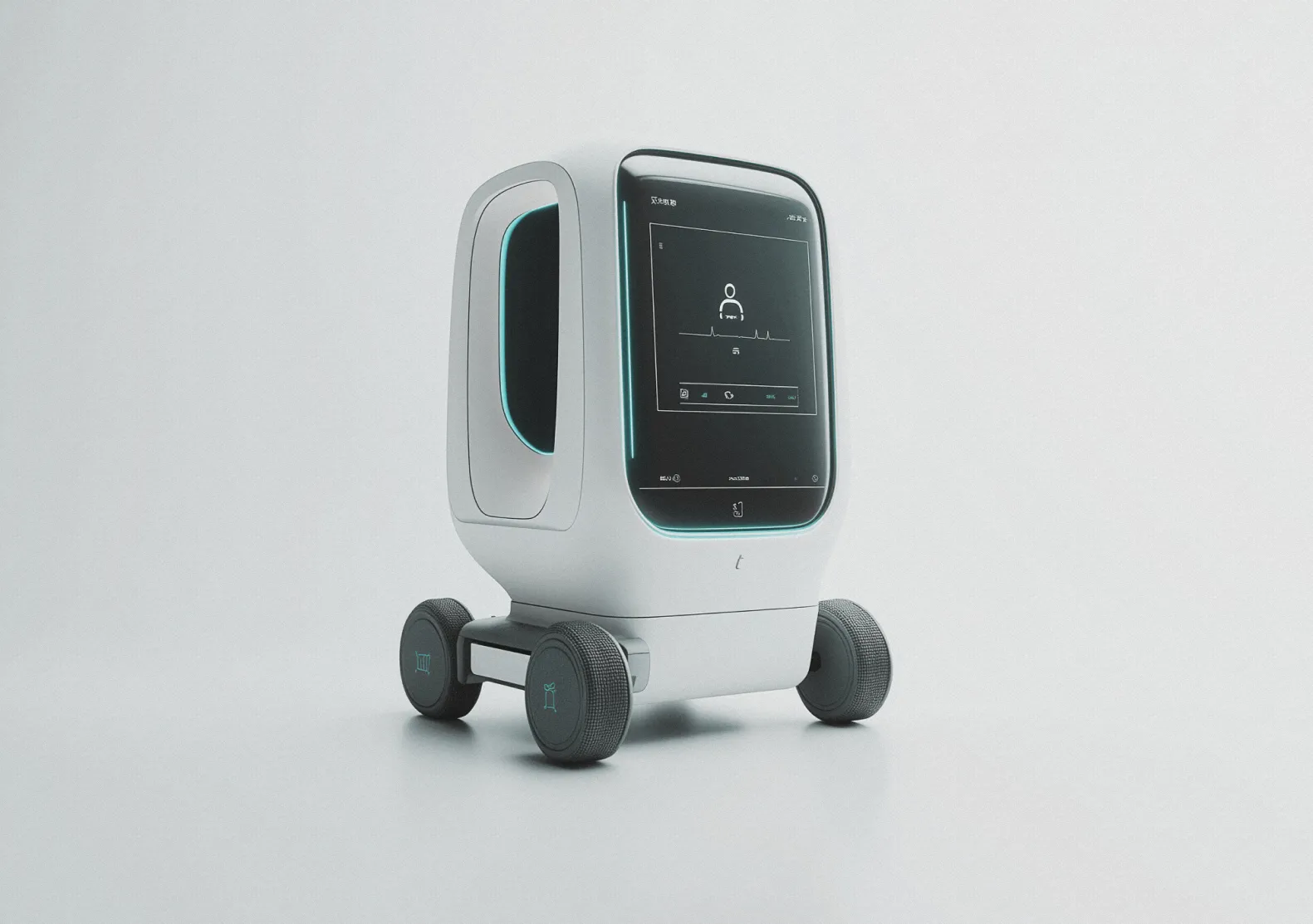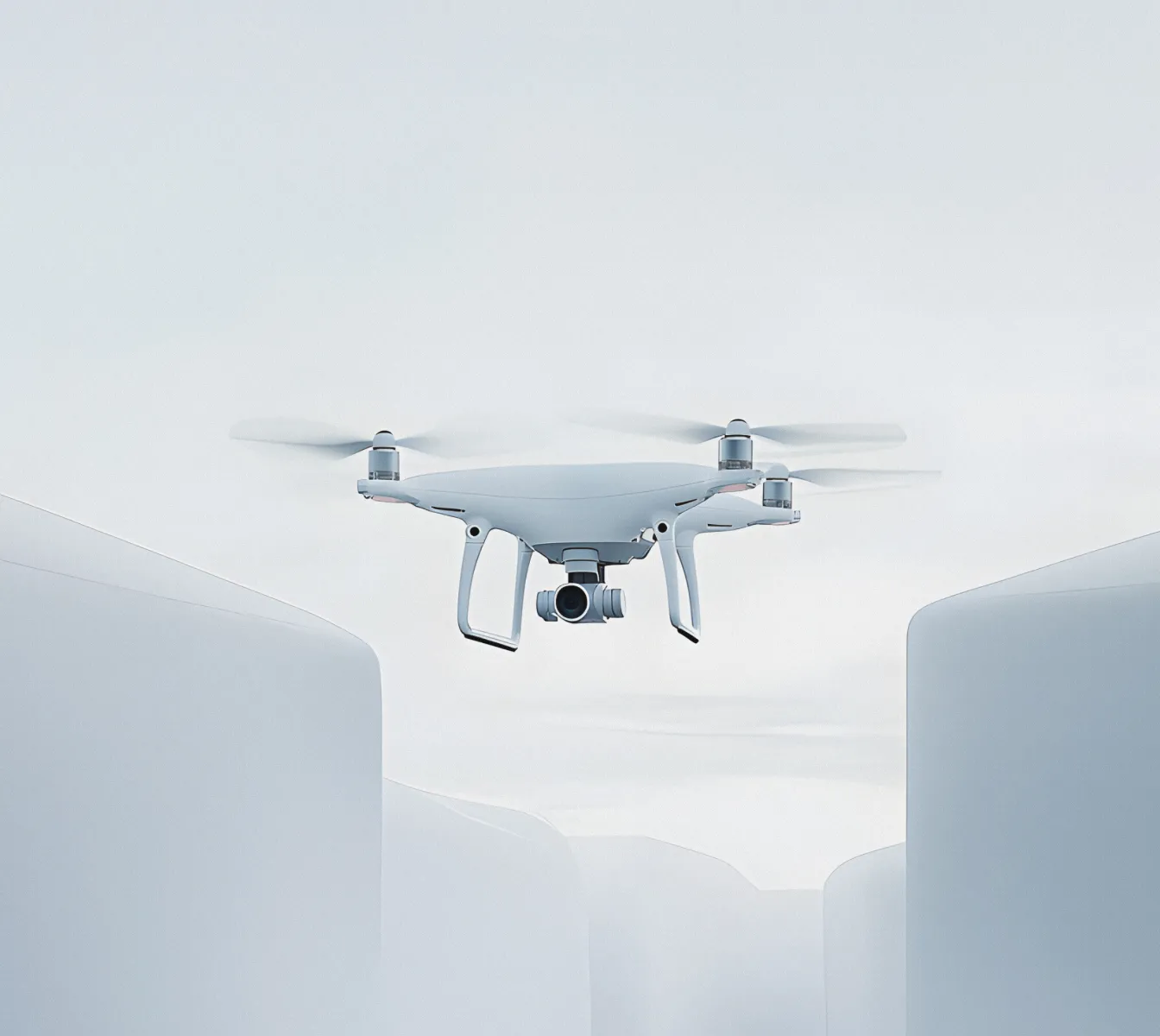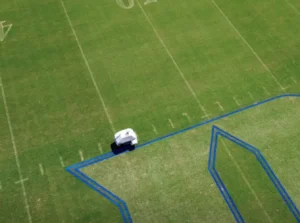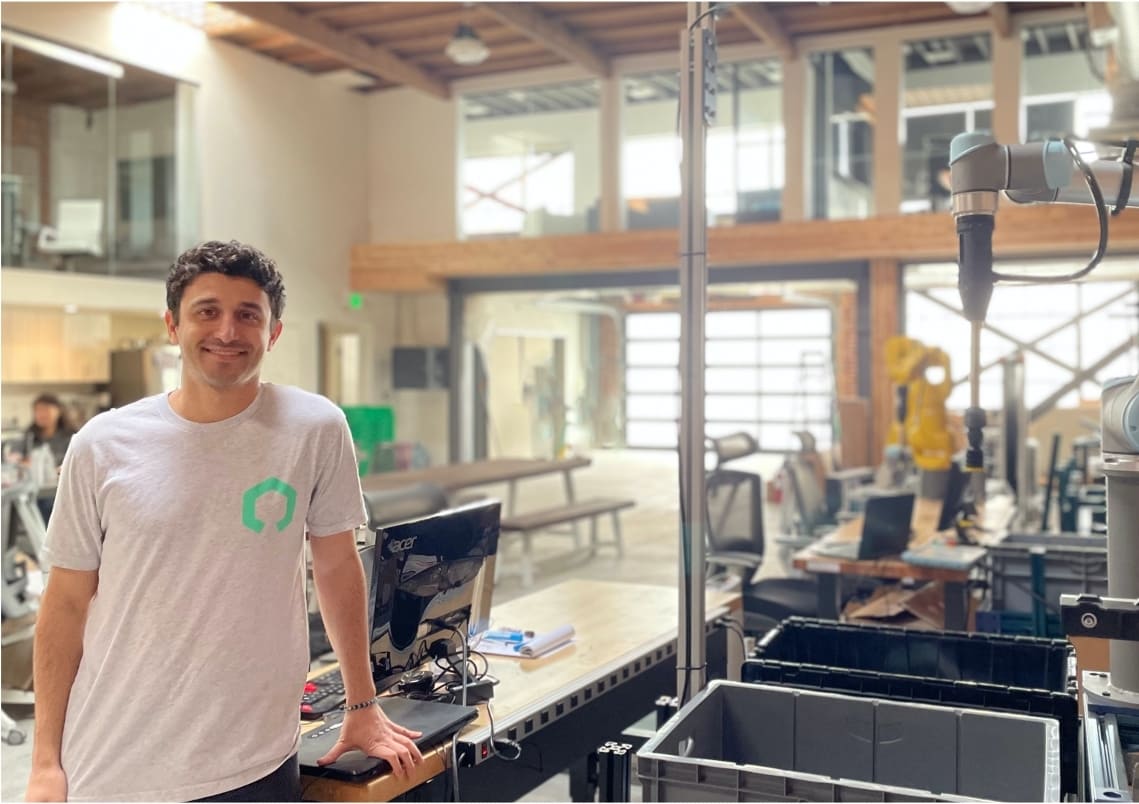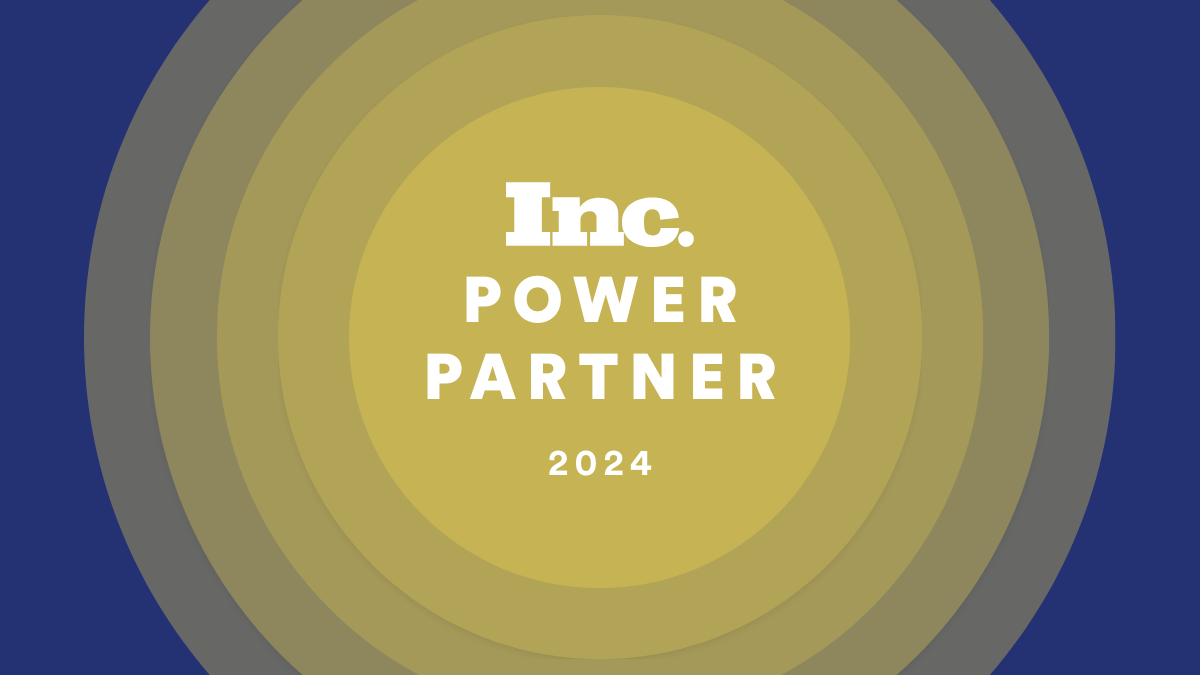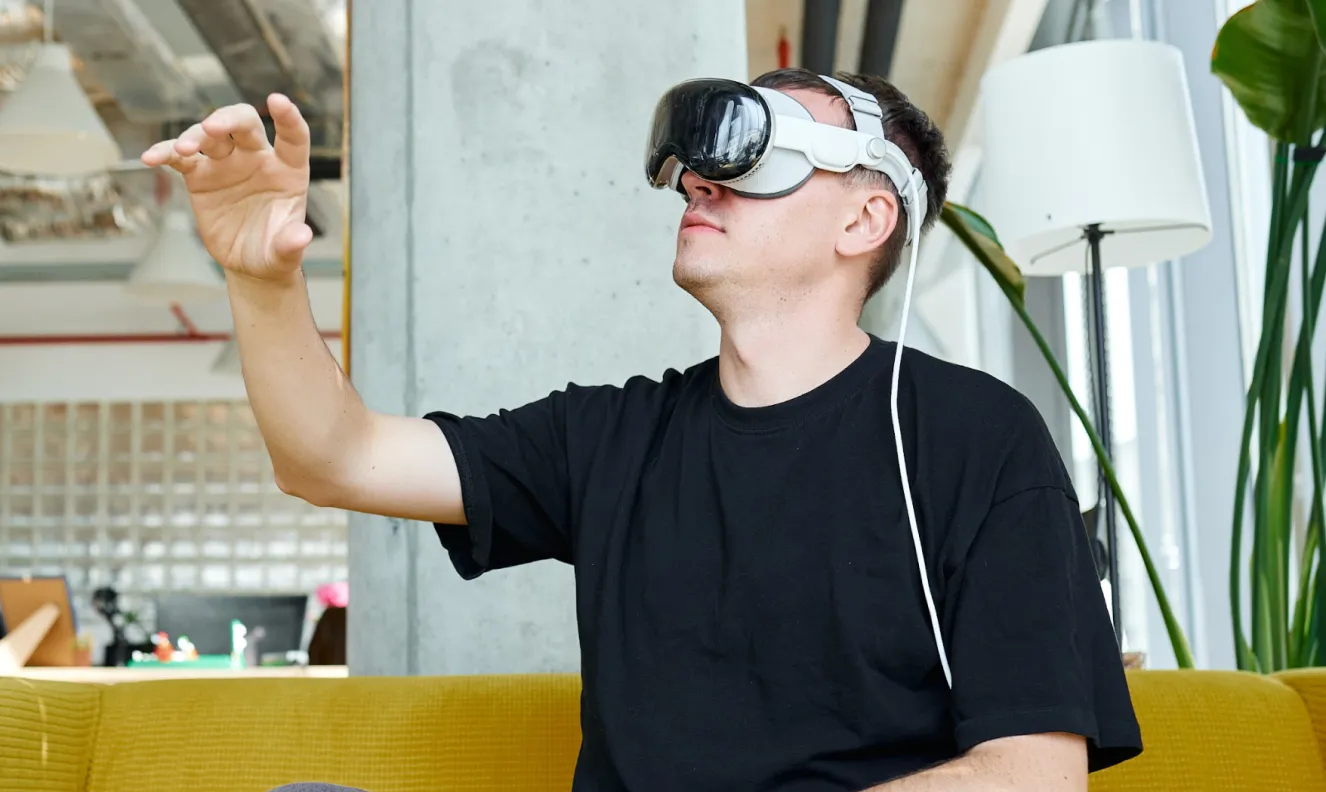Unleash Innovation With Robotics and UAV

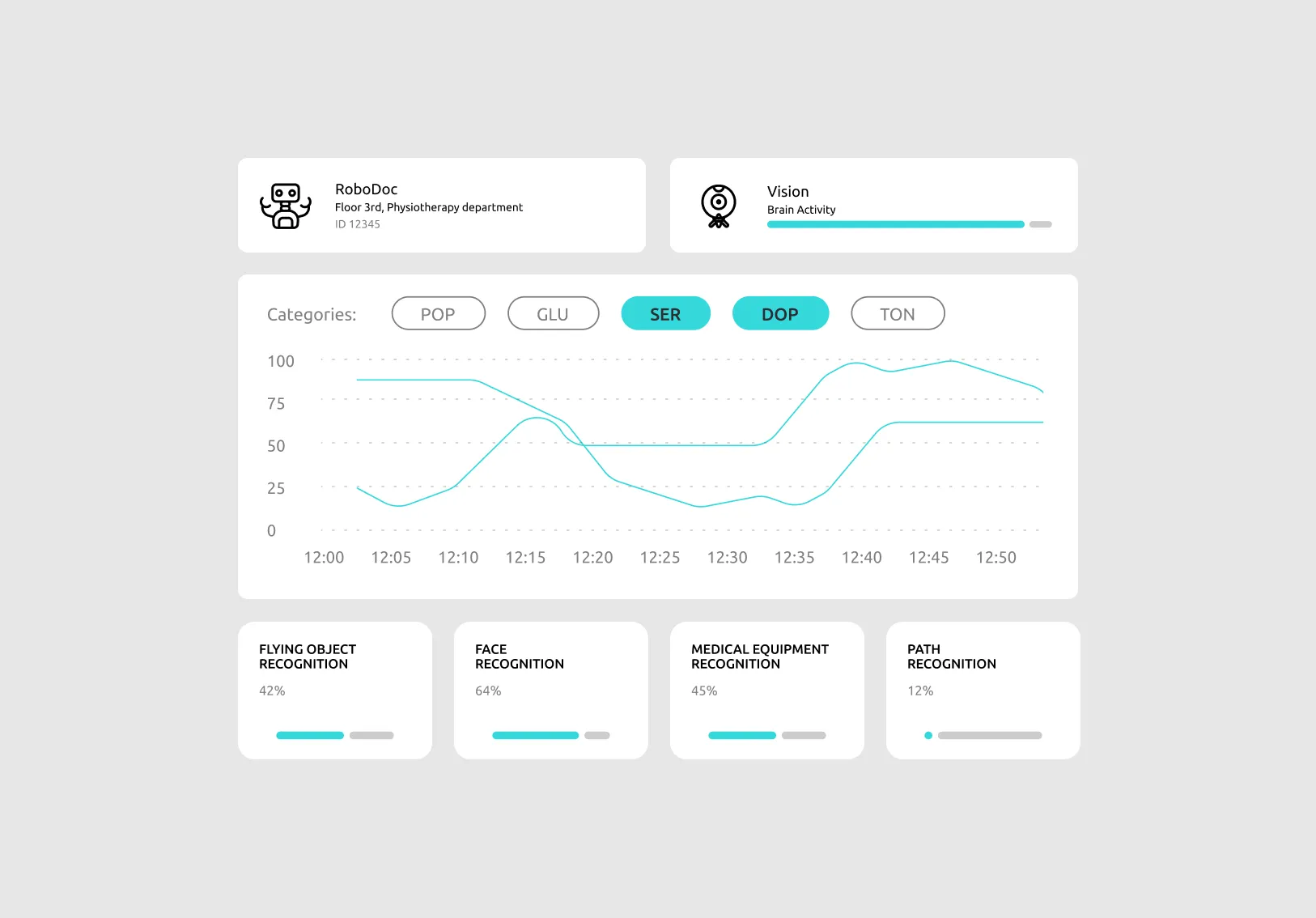
Interesting fact:
Render your idea from concept to design
Enhance automation, improve efficiency, pioneer new applications
Get a custom UAS
Tailored for your UAS platform, we offer bespoke software solutions including STM32 firmware, autopilot customization, sensor integration, and post-processing.
Add AI & Deep Learning
Providing models for fault detection, object recognition, video tracking, obstacle avoidance, and vision-based flight control. Deployable on NVIDIA Jetson and Edge TPU.
Get DJI drone programming
Utilizing DJI’s OSDK and MSDK, our custom applications seamlessly integrate with DJI drones. Functions include flight planning and payload data acquisition.
Integrate custom payload
Designing solutions for seamless integration with custom and third-party sensors, even those incompatible with leading flight controllers. We provide drivers, APIs, and telemetry synchronization software to deliver an industrial-grade user experience.
Try simulation
Enhancing simulations with new sensors and airframes. Automating testing for new features. Investigating incidents, bugs, and simulating them with SITL, MAVSdk, Gazebo.
Robotics and UAV software development solutions

Developing, deploying, and managing autonomous robotic systems and UAVs with:
Robotics and UAV tech stack
Frontend
Backend
Frameworks
Mobile
Database
Cloud Platforms
DevOps
- Java 1
- Java 2
- Java 3
- Java 1
- Java 2
- Java 3
Industry dynamics are constantly evolving with the influence of AI and IoT
Small subtitle here
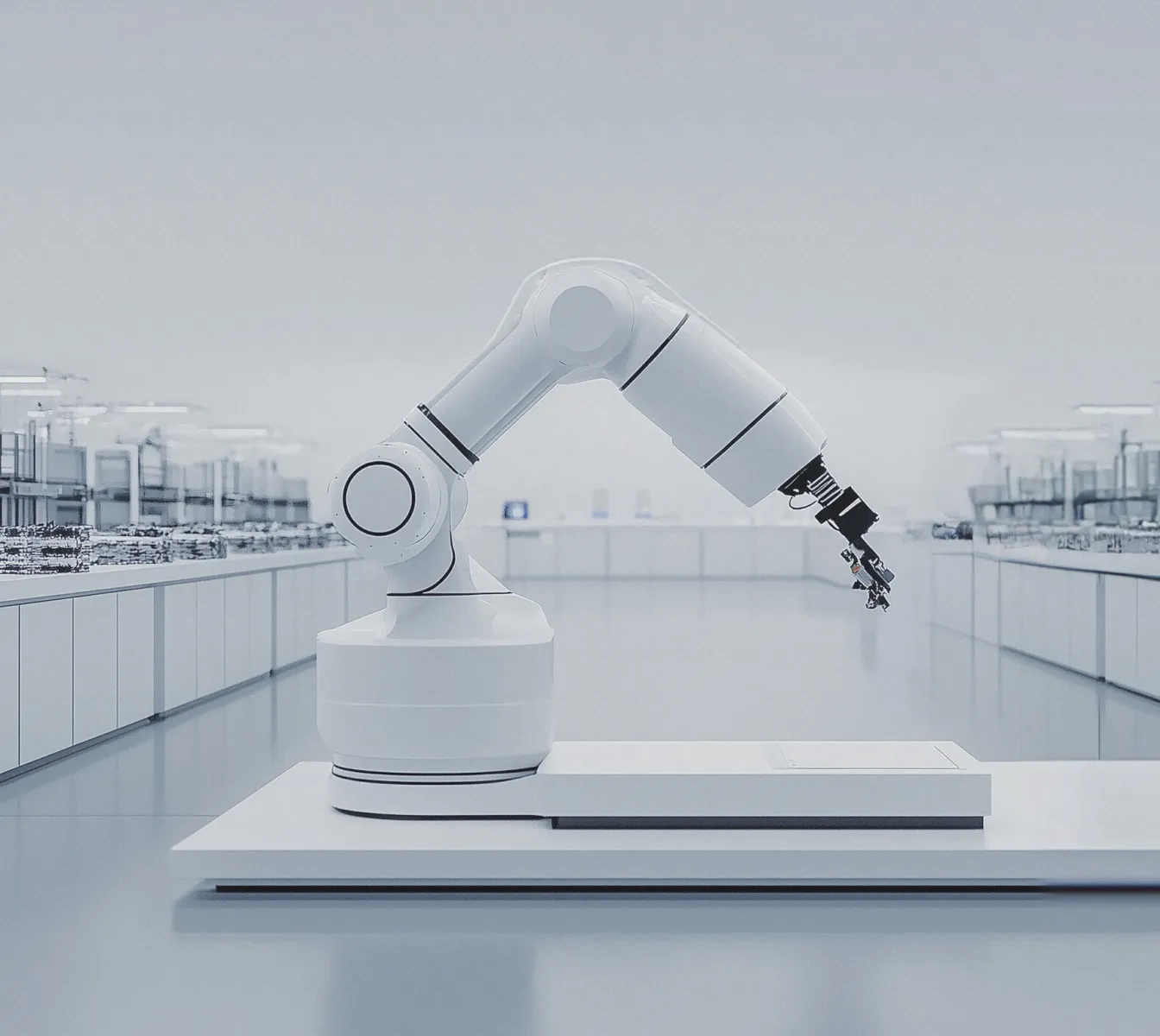
0
million industrial robots in the world today
$250
billion spending on robotics and drones annually
1 to 71
robot-to-human ratio in the manufacturing industry
7.5%
the CAGR in UAVs will rise by 2030
Learn how to build a high-performing outsourcing team with KITRUM’s guide
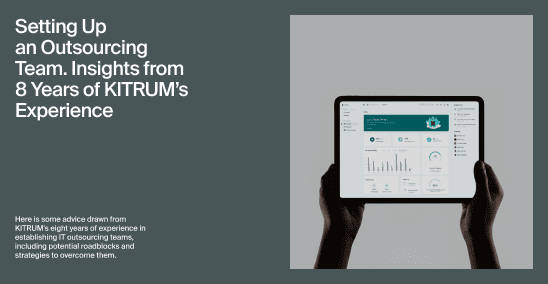

Ready to kick off UAV or robotics project with us?
Other Industries
FAQ
What is a UAV software?
UAV software refers to computer programs, algorithms, and applications that control, manage, and operate UAVs. This software serves as the “brains” of the UAV, allowing it to perform various functions, including flight control, navigation, mission planning, data collection, and data processing.
Types of UAV software?
Various types of UAV software cater to different aspects of drone operations. These include flight planning software, mission management software, data processing and analysis software, and ground control station software.
What software is used to program drones?
Drones are programmed using specialized software known as integrated development environments (IDEs) or mission planning software. Examples include DJI SDK, PX4, ArduPilot, and DroneKit.
Which programming language is used in UAV?
Python, C/C++, and MATLAB/Simulink are programming languages commonly used in UAV development. These languages are utilized for flight control, mission planning, and data analysis.
Can AI be used in drones?
Yes, AI can be integrated into drones to enhance their capabilities in various ways, including autonomous navigation, object detection and tracking, and decision-making.
What is the role of AI in UAV?
The role of AI in UAVs encompasses tasks such as autonomous flight, intelligent navigation, real-time data analysis, and adaptive decision-making, enabling drones to operate more efficiently and autonomously.
What type of AI is used in drones?
Drones use various AI techniques, including machine learning, deep learning, computer vision, and reinforcement learning, to perform tasks such as autonomous navigation, obstacle avoidance, and target recognition.
How Much Does it Cost to Create a UAV Software?
The cost of developing UAV software can vary significantly depending on factors such as the complexity of features, customization requirements, and development time. We’re ready to discuss your specific needs and project scope.
What is robotics used for?
Robotics is used in many fields: from factories to robots assemble products like cars and electronics. In healthcare, they assist in surgeries and patient rehabilitation. In agriculture, robots plant, harvest, and monitor crops. They also explore inaccessible places like the deep sea and outer space.
What is robotics with an example?
Robotics is the field that combines computer science, engineering, and technology to create machines capable of performing tasks automatically. A common example is drones equipped with sensors and cameras that can inspect solar panels or wind turbines. These drones can detect issues like damage or dirt on solar panels and perform maintenance tasks, ensuring the energy systems operate at peak efficiency and reducing the need for manual inspections.
What technology is used in robotics?
Robotics uses various technologies to function effectively:
Sensors: Help robots perceive their environment (e.g., cameras for vision, LIDAR for measuring distances).
Actuators: Enable movement (e.g., motors, hydraulic systems).
Artificial Intelligence (AI): Allows robots to make decisions and learn from experiences.
Machine Learning: Helps robots improve their performance based on data analysis.
Computer Vision: Enables robots to interpret visual information from their surroundings.
Which software is used in robotics?
Numerous software tools are used in robotics. These include Robot Operating System (ROS), Gazebo, OpenCV, MATLAB, and LabVIEW, among others.
